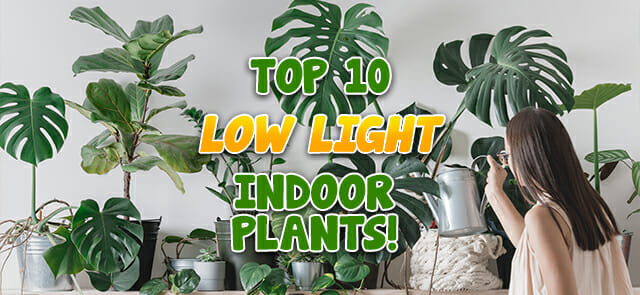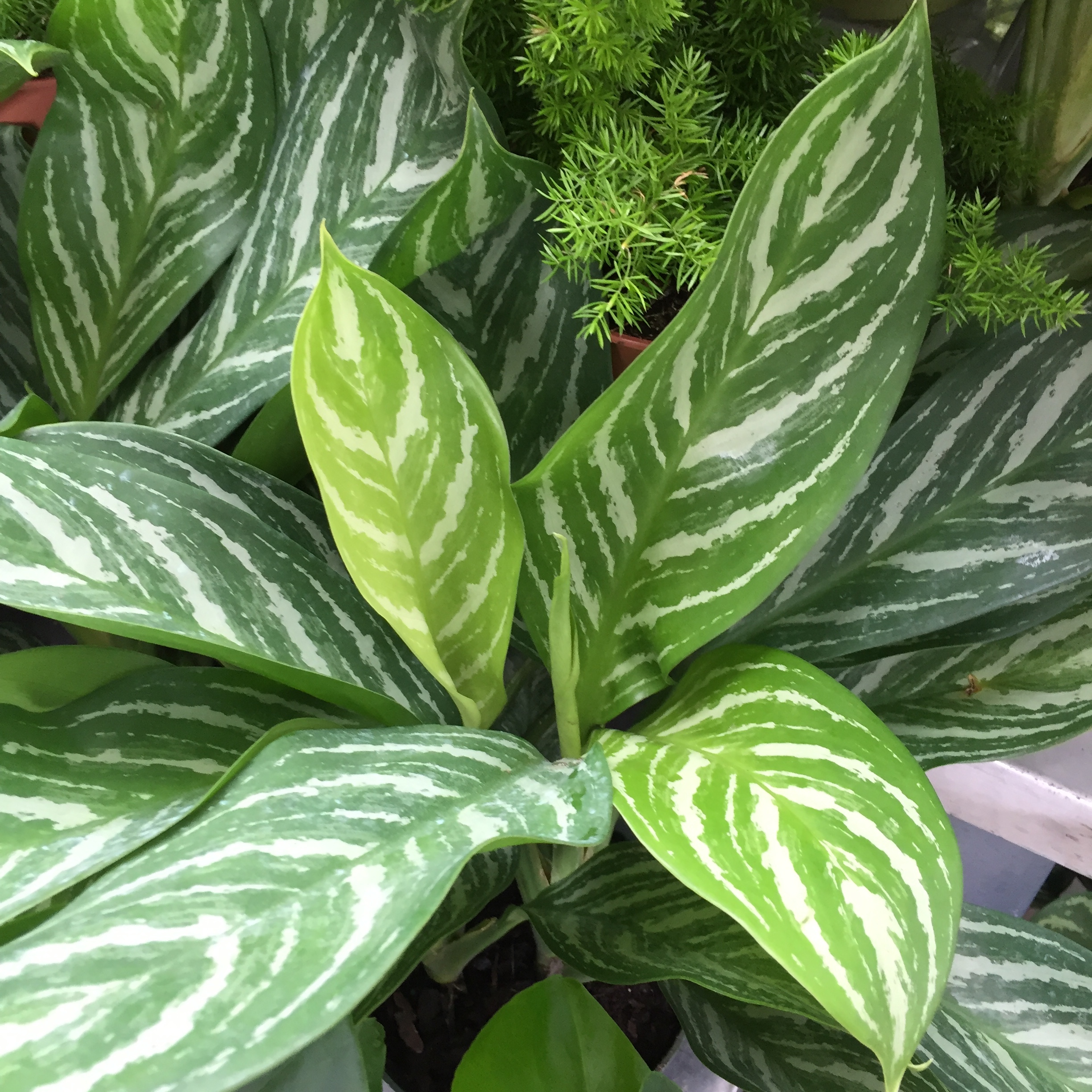Best Low-Light Indoor Plants That Thrive with Minimal Sunlight
Best Low-Light Indoor Plants That Thrive with Minimal Sunlight
Blog Article
Transform Your Home With Beautiful Low-Light Indoor Plants and Their Advantages
Incorporating low-light indoor plants into your home can substantially boost both the aesthetic and environmental high quality of your home. These plants, which prosper in dark problems, serve not only as decorative aspects yet additionally as all-natural air purifiers, making them optimal for urban dwellers or those with minimal sunshine direct exposure. As we discover the different types of low-light plants and their benefits, you may find surprising means to integrate them right into your home that can transform your environments in means you might not have prepared for.
Benefits of Low-Light Plants
Low-light plants provide many advantages for indoor environments, making them an excellent selection for both newbie and experienced garden enthusiasts. One of the key advantages is their versatility to low-light problems, permitting individuals to improve their space without the need for considerable sunlight exposure. This particular makes them excellent for apartment or condos, offices, and various other areas with restricted natural light.

Furthermore, including low-light plants into home decor can boost the visual charm of a space. Their lush vegetation and differed appearances produce a calming atmosphere, contributing to general health. Finally, the presence of greenery has actually been linked to decreased anxiety levels and improved productivity, making low-light plants a practical selection for enhancing both physical and psychological health in interior settings.
Leading Low-Light Indoor Plants
While numerous indoor plants prosper in brilliant light, several types are especially appropriate for low-light problems, making them perfect for various interior areas. One popular choice is the Snake Plant (Sansevieria), known for its striking upright leaves and durability, requiring very little care. One more exceptional option is the Pothos (Epipremnum aureum), which features heart-shaped leaves and can track perfectly from hangers or shelves, prospering in reduced light and including a lavish touch.
The ZZ Plant (Zamioculcas zamiifolia) is commemorated for its shiny leaves and capacity to withstand overlook, making it perfect for hectic lifestyles. The Tranquility Lily (Spathiphyllum) not just endures reduced light but additionally produces spectacular white blooms, boosting any room's aesthetic.
For a special touch, take into consideration the Cast Iron Plant (Aspidistra elatior), which undoubtedly lives up to its name, growing in the darkest corners of your home. The Chinese Evergreen (Aglaonema) provides a range of leaf patterns and colors while being remarkably flexible in low-light problems. These plants not just beautify indoor atmospheres but likewise contribute to air purification, enhancing your space.
Treatment Tips for Low-Light Plants

Sprinkling techniques are important; these plants frequently prefer slightly completely visit this web-site dry problems. Overwatering can result in root rot, so make certain that the leading inch of soil is dry prior to watering again. Usage pots with water drainage openings to permit excess dampness to leave.
Humidity is another crucial factor. Lots of low-light plants, such as brushes and peace lilies, benefit from higher humidity degrees. To boost humidity, take into consideration misting the fallen leaves or putting a tray of water near the plants.
Fertilization should be come close to with caution. Throughout the expanding period, make use of a thinned down, well balanced liquid plant food each month to support development, however avoid fertilizing during the inactive cold weather.

Innovative Ways to Present Plants
Interior plants can function as captivating centerpieces in any type of area, boosting both aesthetic charm and atmosphere. Creative screens can boost the visual effect of low-light plants, making them an important component of your home style. One efficient technique is to make use of tiered plant stands, which enable you to display multiple plants at varying heights while optimizing floor room.
Hanging planters are an additional innovative alternative, developing a sense of depth and attracting the eye upwards. Take into consideration macramé hangers or wall-mounted shelves to introduce a distinct structure and style.
For a much more structured method, usage geometric terrariums or glass containers to house your plants, including a modern touch to your indoor yard. You can additionally repurpose classic products, such as teacups or wood pet resource crates, for an eclectic display screen that reflects your character.
Enhancing Home Setting With Plants
Incorporating low-light plants into your home not only enhances aesthetic charm yet likewise adds significantly to the overall atmosphere. These plants act as natural decor elements, presenting a feeling of peace that can transform any type of space. The existence of greenery fosters a relaxing atmosphere, which is particularly valuable in high-stress settings such as home offices or living rooms.
Low-light plants, such as snake plants, pothos, and ZZ plants, are not only aesthetically pleasing but additionally enhance indoor air high quality by filtering contaminants. This twin feature enhances the setting better, developing a much healthier home (Best low-light indoor plants). The calculated positioning of these plants can also affect the perception of room; for example, tall plants can draw the eye upwards, making ceilings appear greater and areas a lot more roomy
Furthermore, varying structures and colors of foliage include deepness to interior decoration, allowing for innovative expression in home styling. Whether put on shelves, in edges, or as focal points, low-light plants can elevate the state of mind of any type of space. In summary, including these plants right into your home is a reliable method to cultivate a cozy, welcoming atmosphere while enjoying the advantages of boosted air top quality and visual convenience.
Verdict
Including low-light indoor plants into home atmospheres uses countless benefits, including enhanced aesthetic allure and enhanced air top quality. These resistant plants, such as the Snake Plant and Tranquility Lily, require very little light and maintenance, making them ideal for varied way of lives. Their capability to filter toxins adds to a much healthier living space, while their different structures and colors improve indoor style (Best low-light indoor plants). Inevitably, the incorporation of low-light plants fosters a peaceful and inviting setting, transforming any home into a peaceful sanctuary.
While many indoor plants grow in brilliant light, several varieties are especially fit for low-light find more info problems, making them ideal for various indoor spaces. One effective technique is to utilize tiered plant stands, which allow you to showcase multiple plants at varying heights while making best use of floor space.
Low-light plants, such as serpent plants, pothos, and ZZ plants, are not just aesthetically pleasing but also enhance interior air quality by filtering system pollutants. Best low-light indoor plants. The critical positioning of these plants can also influence the understanding of space; for circumstances, high plants can draw the eye up, making ceilings appear higher and rooms much more spacious
These resilient plants, such as the Snake Plant and Peace Lily, require very little light and maintenance, making them suitable for varied way of livings.
Report this page